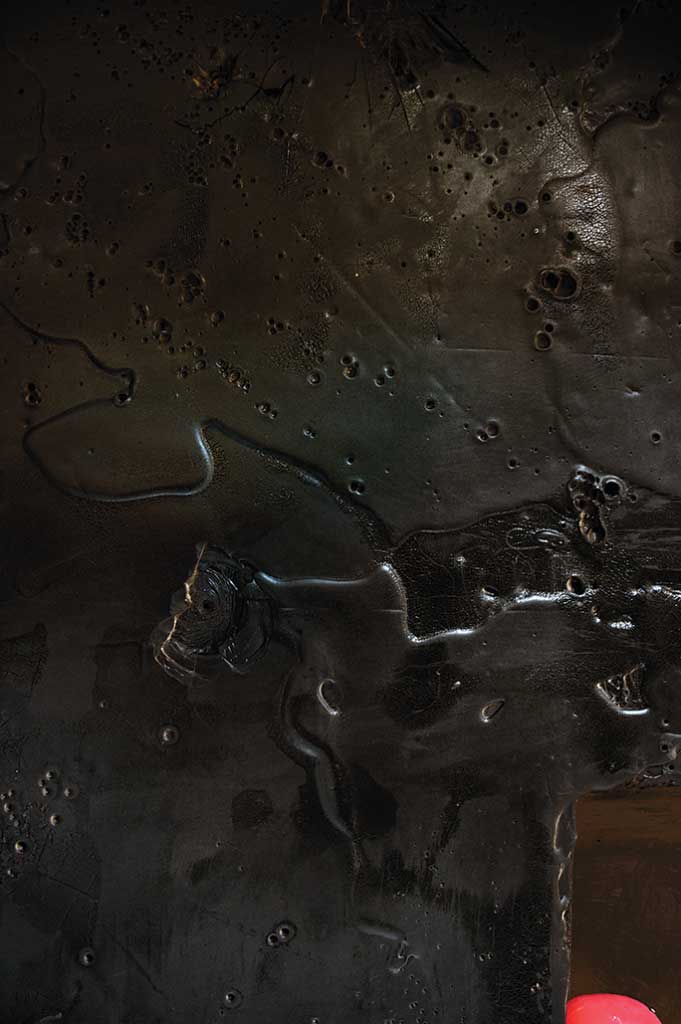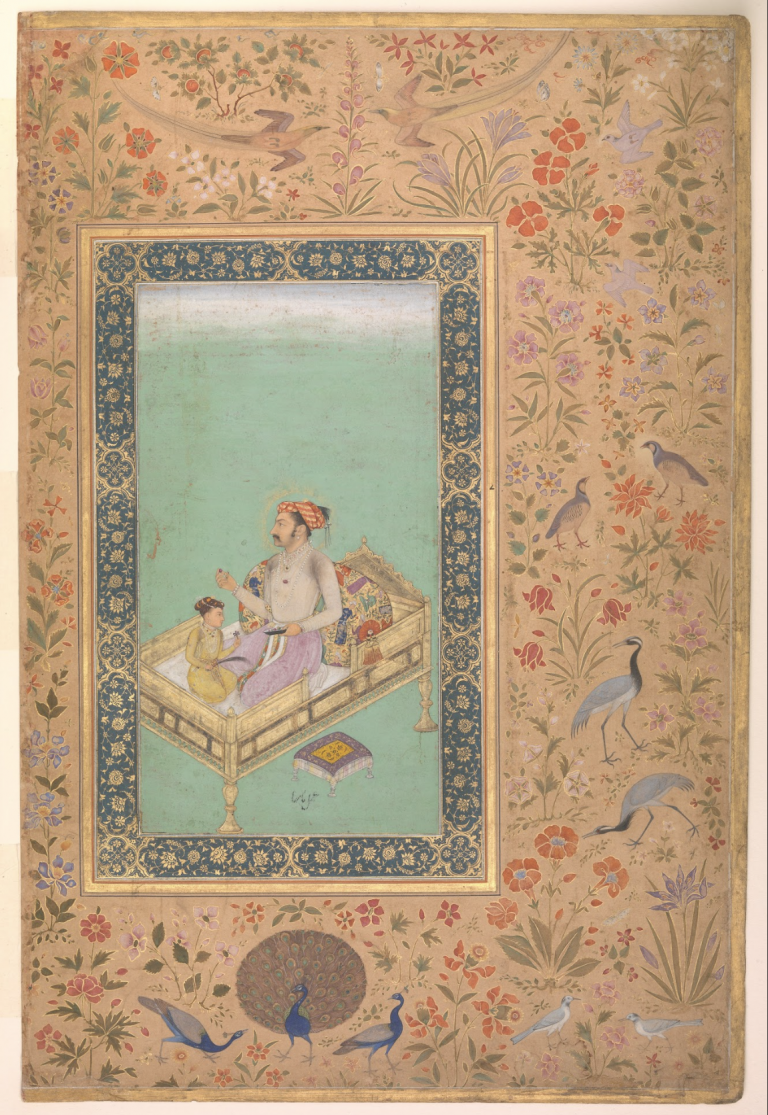Black must be one of the most loaded words in the English language, as indeed it is in many other languages; the problem of having so many meanings as points of association makes this very simple word common in its usage yet with an intriguing ability to variation.

Black and white, black day, black dress, black humour, black boy, black paint, black sheep, black art, black country, black mass, black man, black eye, black sea, black land, black money, black magic, black travel, black book, black box, black cat, black look, black out, black renaissance, blacklist, blackhead, blackmail, blacken, blackest, blacker, black– in about two minutes anyone can come up with a similar list, a list for Black this and that, predictably negative in the majority. Black is a concept we recognise as something that has come to stand for all that which is culturally inferior.
Black must be one of the most loaded words in the English language, as indeed it is in many other languages; the problem of having so many meanings as points of association makes this very simple word common in its usage yet with an intriguing ability to variation. With its inherent values it allows the speaker or writer the possibility to comment on a specific context and usually provides access to a substantial amount of prejudice and non-ethical perspectives. Unlike any other word in any language, no other word can cause so much harm or uncertainty to an individual or a group. It thus merits visual comprehension from artists and art commentators’ observations as to how this one term can echo societies’ recurring images.
Much of the aura surrounding the word Black arises from the historical records associated with the demise of equal rights and liberation philosophy, a model within which some are more equal than others and where language and semantic forces are used as an apparatus of policing and belonging. It is a word that places pressure and complicates relationships along tribal, ethnic or racial lines. Research has shown that Black is a consensual threat, embedded in an image of cruelty, which is bound to and confers ‘the other’. It is desirable to understand how language and images allow a type of criminalisation, of a surveillance of the enemy within us and how we can push this enquiry further if we are to defend liberty. In a world of multiple themes and anthologies, the chaos that this term can create provides an omnivorous sociological and literary push for any enquiry. It is in its indexical quality that it provides an enrichened ground for further contestation.
The problem of having so many meanings as points of association makes this very simple word common in its usage yet with an intriguing ability to variation.

Particularly in this remarkable passage of history, of the credit crunch and hibernating institutions, of unilateral ‘just wars’ and some of the most uncertain global conditions, it is important to take stock of this worlding and the pages of this new initiative. Take, alongside other emerging forums that represent the post-market dialogue, provides an invaluable space in which to study the predicament of culture at a time of deflation and when the ebb is the condition ever acting as a stimulation to cultural relationships.
Take, like many other publications, some on paper and many others experimenting with virtual platforms, is a welcome addition to the traditional artistic praxis of independent thinking and evaluation of its formation. Our need to communicate and ascertain the changing planet is of continual concern and these platforms allow for these concerns to be mooted and construed in open dialogue. These new platforms are beginning to allow new imaginary factors and images to grasp these slippery, short attention spans of twitter and cohorts. The rise of the maligned planet as its identity, the battle zones of bankruptcy, iconic half-finished buildings like great tombstones that testify to unrealised ambitions and to routes and exchanges that structure globalization, are, in the new millennium, providing images that seem emblazoned with caution and disbelief. It is within this creeping truth that we all face an existential meltdown.
Take, is a brave venture in such stringent times but new gallery ventures are in evidence and the rise of art blogging would seem to indicate that the global art world is strategically transcending the current grounds of fiscal and cultural economics; the northern hemisphere has realised that it needs to cut loose the tethers by abandoning its grandiose (albeit only in scale) ambitions and move away from the trappings of celebrity culture which has so controlled culture as an object, especially in USA municipalities.
In addressing the current condition by resolving within the crisis the terms of cultural engagement as this inaugural issue of Take has undertaken to do, is one such way to admit that foundational ideas, embedded in culture, need addressing and that addressing is not necessarily an event or a build but a necessity by which to deepen and mine the creative lineage that binds our subjectivities.
It is in such an epiphany that one small but important moment has been born; in launching Take—one of the first art quarterly magazine to come from India. The publication arises from notations suggesting a furthering of India’s role within the international sphere. Its reach and place is to argue for that which Geeta Kapur terms, “a national/modern aesthetic savoured through an international perspective”. (1)

In negotiating a balance and a trail of possibilities, the magazine will pursue a policy of organizing its thinking and research within epistemological traits and philosophical mediations.
In dedicating the inaugural issue to the term Black, which can be taken as a description and subjectivity, as the seminal poem Black
Art argues
We want a black poem.
And a
Black World.
Let the world be a Black Poem
And Let All Black People Speak This Poem
Silently
or LOUD (2)
This potential for a liberatory politics and a political identity inherent in this term is made explicit by Amiri Baraka’s poem, LOUDLY. In these succinct terms, black is used as a critical interrogation of racism and notions of otherness within the postmodern as argued by bell hooks “The idea that there is no meaningful connection between black experience and critical thinking about aesthetics or culture must be continually interrogated.” (3)
This interrogation continues in the form of a constant vigilance and re-consideration of the umbrella term, black, and one that can be used in differing contexts with specific and generalised framings. Take was deliberately edited to allow a space for contestation of these identitarian issues to be grouped within the wider fold. As has been argued previously, black has acted as a bastion of prejudice and a focus of liberation, but it has also an aesthetic signification beyond its visual place in the colour chart, it has a visuality dominated by readings beyond the portals of civilised acts. Black, like culture, is a term bound together by ideas and philosophy and, unlike nations, it is not bound by borders.
Black is part of the renaissance of aesthetics as well as a thorn in the side of the western canon – it is a social space and a civil rights movement, a fashion statement and a designers dream, it is both fear and beauty rolled into one, it can be an attitude and a tradition. Its versatility remains unbounded and its reading depends on who and when, even where and in which context, it is found. It is fictitiously abused and commonly misused. It murmurs, shudders and immemorialises the worst and the best. As a traditional colour of monuments and the bastion of the most painful jokes- its trajectories holds the power to render and to squander possibilities.
Black Space: Take Black is like Taking Back in its dialogical relations to the postmodern and the postcolonial and, effectually, to gender practices that have evolved within and without these frames.
Black can be seen as a term of reclamation and empowerment as well as ghettoisation but, most importantly, it is a marker of agency and a mark that remains indelible in the spectrum of difference and in the history of art, place and form. The nature of black is that it holds within itself the possibility of being in multiple places and multiple times and therefore is polycentric. Yet, the way it has been used and folded into culture is that it creates a disunity and multiplicity of each type and mapping of its usage.
In celebration of this term, this concept and this enigmatic signifier, TAKE is proud to have worked with contemporary artists and writers to evaluate its place in their thinking and making for the inaugural issue.
As John Maeda says “Consumerism is a treadmill that, by definition, breaks down shortly after the warranty runs out.’’ (4)
In a similar manner the term black evolves and remains just out of reach in each epoch, always tainted, never ahistorical, always there but in confines and time/ space that bleeds indefinitely in uncontrollable streams of conscious and into the visual politics.

Double Agency
Take Black: A Response by artists and commentators was an invitation to an eclectic but targeted group of visual artists and writers to examine a supposedly single word and to allow them to comment on its complexities, by their learned and sociopolitical understanding of the various readings embedded in its cavernous body. It was a deliberate attempt to start to think about what a magazine can do and what platforms are still viable as the curatorial premise experiments beyond the physical space and starts to sanction its intentions, through the meaningful possibility of addressing this area.
It was also envisaged that, through taking this guest editorship into a ‘curatorial’ intervention and by extending this invitation to a group of talented inscribers, it would enable the magazine to collate a set of diverse positions and to map a more International set of readings within a limited set of resources and timeframe.
A mapping that is necessary as curating itself becomes more and more concerned and embroiled with another largesse unfolding of an international scale and requires understanding of its effects on cultural production.
A basic premise was proposed; How does one term differ and what are the emerging paradigms of its usage and our understanding a proposed broadening and thickening of exchange within the current paralysis of borders – an exercise, a setting, which would go beyond artistic positions but one that could help to construe and incorporate particular cultural propositions that contain oppositions – an archaeology of notions and notations, old ones that still manage to compose our environment and new ones that can possibly deactivate pathologies.
These positions and oppositions, which I believe to be twined, assist the artist in starting to provide a partial contextual extraction, which in terms of a global arrangement of differences in ideas is an important way to come to terms with this word’s properties. In the real wide world, this loaded term has affected our perspectives of society and its contents even to the notion of belonging; it was with this knowledge in mind that such a project was borne for Take.
These contemporary artistic extractions provide evidence of a set of proactive articulations rather than what has been previously perceived as reaction(s); an important acknowledgement of how agency in art provides the shift of context and how the role of the artist in our contemporary times challenges that which has lead the artist as critic away from the traditional notion of artist as creator.

These measured, carefully sculpted arguments have come to critical fruition due to the overriding necessity to discuss them rather than to let them exist in a set of failed judgments and historic prejudices that stretch in between our mundane reality of the everyday to the pain of unwarranted castigation of a hostile worlding. Take provides a much needed articulation in India of these metaphoric dynamisms in developing its contemporary audience and in bringing awareness to passages of criticality within the imagined, the imaginary and in the production of its sites.
It was with these goals that we present the following pages that exemplify the planet as a shared historical entity, where states of norms can be addressed and some of its values can be rethought and such active rethinking can allow for some of its elusive meanings and intellectual make-up to be reconsidered. In involving a larger group of individuals as part of the process which in the past have included such formats as group exhibitions, blogs, conferences and anthologies, a plural zone develops that can allow a set of questions to be reviewed.
Black Ice

These set of works present an evaluation and a set of comments, a welcome and appreciated space for readers of art, culture and criticism. The clarity of some of their arguments and the creative use of the place of notions of Black helps to demonstrate the shifting perspective taking place in a global arena, even if remains uneven and displacated by local values, that can be useful in constructing a space for decolonising our languid attitudes and an unpacking from prejudice to a more humane understanding of cultures. As the guest editor of the inaugural edition of Take, it was my desire to engage with artists and commentators, to allow facets of our evolving realities which have become as complex and entangled as have all other global concepts and beliefs to use a fluid space as a publication. In trying to understand these concerns, some simple but important questions have been raised about diminished responsibilities, sharing concerns and the role or the potential of visual culture and hopefully indicating a move towards an understanding that words can be historic enemies and, even as we ruminate an era of provocative globalisation in which control and the obsession with security is becoming industrialized, the critical act of deconstructing is an indispensable creative act of all our realities.
Endnotes
- Geeta Kapur, When was Modernism, (New Delhi: Tulika Books), 2000, pg.272.
- Selected poetry of Amiri Baraka/Le ri Jones, 1979.
- Bell Hooks, Postmodern Blackness, Postmodern Culture, vol. 1, no. 1 (Sep. 1990).
- John Maeda, August 2009, Twitter announcement.













